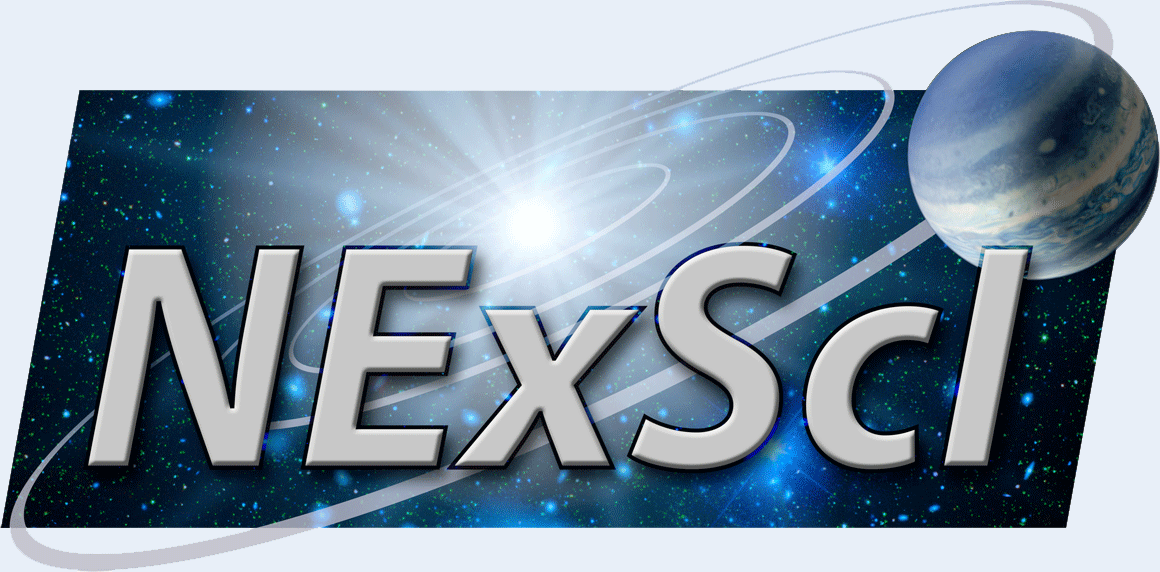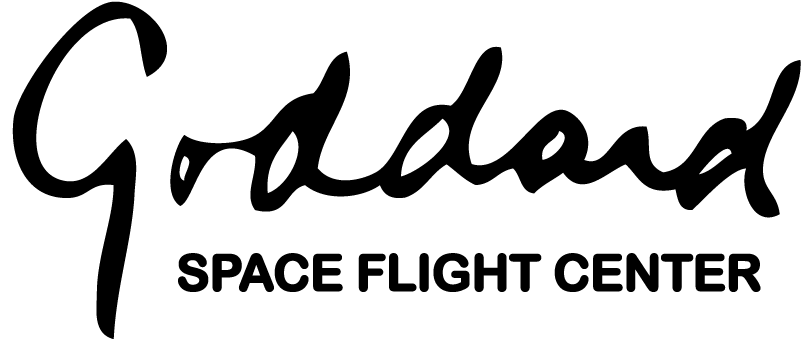Updated Feb. 24, 2012. Click on title to view the abstract for each talk. The presentations can also be viewed by clicking on (presentation) after each talk title.
Scroll to the bottom for poster presentation abstracts.
| Sunday, Feb. 12, 2012 |
| 6-8 pm | Opening Reception and Registration — San Gabriel Room, Pasadena Hilton |
|
| Monday, Feb. 13, 2012 |
| 9:00 am | Welcome — George Helou (IPAC) |
| 9:10 am | Overview — Alan Dressler (Carnegie Observatories) |
| 9:20 am | SDT WFIRST Science (view the presentation)— Paul Schechter (MIT) |
| 10:00 am | The Wide Field Infrared Survey Telescope (view the presentation)— James Green (Univ. of Colorado) |
| 10:40 am | Morning Break |
| 11:10 am | Laboratory Emulation of Observations from Space (view the presentation)— Roger Smith (Caltech) |
| 11:25 am | Predicting Future Space Slitless Spectra Using the WFC3 Infrared Spectroscopic Parallels (WISP) (view the presentation) — James Colbert (Spitzer Science Center/Caltech) |
| 11:40 am | The View from NASA Headquarters (view the presentation)— Richard Griffiths |
| 12:00 pm | Lunch (on own) |
| 1:30 pm | Reflections (view the presentation)— Adam Riess (Johns Hopkins Univ./STScI) and Brian Schmidt (Australian National Unversity) |
| 2:00 pm | Dark Energy Theory (view the presentation)— Michael Turner (Univ. of Chicago) |
| 2:40 pm | Dark Energy Observations (view the presentation) — Joshua Frieman (Univ. of Chicago) |
| 3:20 pm | Afternoon Break |
| 3:50 pm | Weak Lensing with WFIRST (view the presentation)— Chris Hirata (Caltech) |
| 4:15 pm | The Power of the Galaxy Power Spectrum (view the presentation)— Eric Linder (UC Berkeley/LBNL) |
| 4:40 pm | WISH: The Cosmic Dawn Treader (view the presentation)— Tooru Yamada (Tohoku University) |
| 4:55 pm | Adjourn |
|
| Tuesday, Feb. 14, 2012 |
| 9:00 am | Comparison: WFIRST and EUCLID (view the presentation)— Jason Rhodes (JPL) |
| 9:25 am | Beyond BAO: Redshift-Space Distortions in the WFIRST Galaxy Redshift Survey (view the presentation)
— David Weinberg (Ohio State Univ.) |
| 10:05 am | Disentangling Cosmological Signatures from Weak Lensing Systematics (view the presentation)— Rachel Bean (Cornell Univ.) |
| 10:30 am | Morning Break |
| 11:00 am | Extragalactic Surveys: Overview — Daniel Stern (JPL) |
| 11:40 am | Probing the Evolution of the Stellar IMF Using SNe (view the presentation) — Ranga Ram Chary (Caltech/IPAC) |
| 11:55 am | Lunch (on own) |
| 1:30 pm | Supernovae — Saul Perlmutter (UC Berkeley/LBNL) |
| 2:00 pm | Galactic Surveys Overview (view the presentation) — Lynne Hillenbrand (Caltech) |
| 2:40 pm | Infrared Windows on Galactic Structure (view the presentation)— Sean Carey (SSC/IPAC) |
| 3:05 pm | Afternoon Break |
| 3:35 pm | Hunting for the Missing Massive Stars in Our Galaxy (view the presentation) — Nicolas Flagey (JPL) |
| 3:50 pm | Stellar Populations in the Local Volume (view the presentation) — Jason Kalirai (STScI) |
| 4:15 pm | Detecting Tidal Debris Streams with a Spaceborne Wide-Field Infrared Telescope (view the presentation)— Carl Grillmair (Caltech) |
| 4:30 pm | Addressing Super Massive Black Hole Assemblage at High-Z (view the presentation)— Pete Roming (SWRI) |
| 4:45 pm | Discussion — Alan Dressler, moderator (Carnegie Observatories) |
| 5:15 pm | Adjourn |
|
| Wednesday, Feb. 15, 2012 |
| 9:00 am | The Astronomical Landscape in 2020 (view the presentation)— Roger Blandford (Stanford University) |
| 9:35 am | WFIRST Project Science Activities (view the presentation)— Neil Gehrels (GSFC) |
| 10:00 am | The WFIRST Interim Design Reference Mission:
Capabilities, Constraints, and Open Questions (view the presentation)— Jeffrey Kruk (GSFC) |
| 10:25 am | Morning Break |
| 10:55 am | Solar System Science (view the presentation)— Mike Brown (Caltech) |
| 11:35 am | Space Microlensing (view the presentation)— Scott Gaudi (Ohio State Univ.) |
| 12:15 pm | Lunch (on own) |
| 1:45 pm | Implementation of a Space Microlensing Exoplanet Survey (view the presentation)— Dave Bennett (Univ. of Notre Dame) |
| 2:25 pm | Optimising Future Space-based Infrared Microlensing Exoplanet Surveys (view the presentation)— Eamonn Kerins (Univ. of Manchester) |
| 2:40 pm | Low-mass Habitable Exoplanets With a Wide-field Infrared Space Telescope (view the presentation)— Eduardo Martin (CSIC-INTA Centro de Astrobiologia) |
| 2:55 pm | Implications of Space Microlensing Results for Planet Formation Theory (view the presentation)— Christoph Mordasini (MPIA) |
| 3:20 pm | Afternoon Break |
| 3:50 pm | Microlensing Measurements with an Undersampled PSF (view the presentation)— Jay Anderson (STScI) |
| 4:15 pm | Difference Imaging of Undersampled Data (view the presentation)— Michael Albrow (Univ. of Canterbury) |
| 4:40 pm | EUCLID The Planet Hunter (view the presentation)— JP Beaulieu (IAP) |
| 5:05 pm | Adjourn |
| 6:30 pm | Conference Banquet at Porto Alegre Churrascaria restaurant |
| Thursday, Feb. 16, 2012 |
| Session Chair — Stephen Kane (NExScI/Caltech) |
| 9:00 am | Welcome — Michael Albrow (Univ. of Canterbury) and Chas Beichman (NExScI) |
| 9:10 am | MOA-II 2011 Season (view the presentation)— Takahiro Sumi (Osaka University) |
| 9:30 am | The MicroFUN 2011 Planet-Hunting Season — Andy Gould (Ohio State Univ.) |
| 9:50 am | MOA 2010-BLG-477Lb: Constraining the Mass of a Mircolensing Planet (view the presentation)— Pascal Fouque (Toulouse Univ.) |
| 10:10 am | Microlensing Binaries Discovered Through a High-Magnification Channel (view the presentation)— In-Gu Shin (Chungbuk National Univ.) |
| 10:30 am | Morning Break |
| Session Chair — Michael Albrow (Unvi. of Canterbury) |
| 11:00 am | Direct Imaging of Extrasolar Planets (view the presentation)— Bruce MacIntosh (Lawrence Livermore National Lab) |
| 11:40 am | Microlensing Towards the Galactic Centre with OGLE (view the presentation) — Lukasz Wyrzykowski (Warsaw University Astronomical Observatory) |
| 12:00 pm | Lunch (on own) |
| Session Chair — Rachel Street (Cornell Univ.) |
| 1:30 pm | MOA-2011-BLG-262Lb: Free-Floating Planet with an Exomoon or Planetary System with Halo Kinematics — Dave Bennett (Univ. of Notre Dame) |
| 1:50 pm | Characterising the Information Content of Microlensing Light Curves (view the presentation) — Markus Hundertmark (University of St. Andrews) |
| 2:10 pm | Patterns of Planet Occurrence Measured by Doppler and Transit Surveys (view the presentation)— Andrew Howard (University of California Berkeley) |
| 2:50 pm | Automatic Real-time Modeling of Microlensing Events (view the presentation) — Valerio Bozza (Univ. of Salerno) |
| 3:10 pm | Afternoon Break |
| Session Chair — Ian Bond (Massey Univ.) |
| 3:40 pm | A Bayesian Algorithm for Real-time Model Selection in Caustic-crossing Events (view the presentation) — Noe Kains (ESO) |
| 4:00 pm | Planet Abundance from PLANET 2002-07 Observations (view the presentation)— Arnaud Cassan (IAP) |
| 4:20 pm | Use of the Deep Impact HRI Instrument to Observe Exoplanets Via Microlensing (view the presentation)— Tim Larson (JPL) |
| 4:40 pm | Microlensing Observations Using the Rosetta Spacecraft (view the presentation)— Colin Snodgrass (Max Planck Institute for Solar System Research) |
| 5:00 pm | Real-time Microlensing Modeling (view the presentation)— Cheongho Han (Chungbuk National University) |
| 5:20 pm | Adjourn |
| Friday, Feb. 17, 2012 |
| Session Chair — Takahiro Sumi (Osaka Univ.) |
| 9:00 am | Modeling Gravitational Microlensing Events using Semianalytical Techniques (view the presentation)— Denis Sullivan (Victoria University of Wellington) |
| 9:20 am | Installation of the OGLE III Camera in Tasmania (view the presentation)— John Greenhill (University of Tasmania) |
| 9:40 am | Simulation of a Planetary Microlensing Survey by Euclid (view the presentation)— Matthew Penny (Ohio State Univ.) |
| 10:00 am | Morning Break |
| 10:30 am | NASA Exoplanet Archive — Stephen Kane (NExScI) |
| Session Chair — Jennifer Yee (Ohio State Univ.) |
| 10:40 am | Recent Results from The Kepler Mission: Hard Planets are Good to Find (view the presentation)— Jon Jenkins (SETI Institute/NASA Ames Research Center) |
| 11:20 am | Characterizing Lenses and Lensed Stars of High-Magnification Gravitational Microlensing Events With Lenses Passing Over Source Stars (view the presentation)— Joon-Young Choi (Chungbuk National University) |
| 11:40 am | Difference Imaging Analysis in Wide-field Surveys (view the presentation)— Ian Bond (Massey University) |
| 12:00 pm | Lunch (on own) |
| Session Chair — Cheongho Han (Chungbuk National Univ.) |
| 1:30 pm | Terrestrial Parallax in the Low-mass Event MOA-2011-BLG-274 and a Preliminary Search for Low-mass Objects in the Database of the WISE Space Mission (view the presentation)— Matthew Freeman (University of Auckland) |
| 1:50 pm | MOA-2011-BLG-293Lb: A Testbed for Pure Survey Microlensing Planet Detections (view the presentation)— Jennifer Yee (Ohio State Univ.) |
| 2:10 pm | Detection Efficiencies of Low-magnification Events in MOA-II Data (view the presentation)— Daisuke Suzuki (Osaka University) |
| 2:30 pm | The First Confirmed Microlensing Event in a Globular Cluster (view the presentation)— Pawel Pietrukowicz (Warsaw University Observatory) |
| 2:50 pm | Critical Curves of a Triple Lens with Fixed Mass Ratios (view the presentation) — Kamil Danek (Charles University) |
| 3:10 pm | Afternoon Break |
| Session Chair — Keith Horne (SUPA/Univ. of St. Andrews) |
| 3:40 pm | First Results from the Generation-II OGLE-MOA-Wise Microlensing Survey, 2011 Season (view the presentation)— Yossi Shvartzvald (Tel-Aviv University) |
| 4:00 pm | M31 Pixel Lensing (view the presentation)— Sebastiano Calchi Novati (University of Salerno) |
| 4:20 pm | Invitation to 17th International Conference on Gravitational Microlensing — Michael Albrow (Univ. of Canterbury) |
| 4:30 pm | Adjourn |




